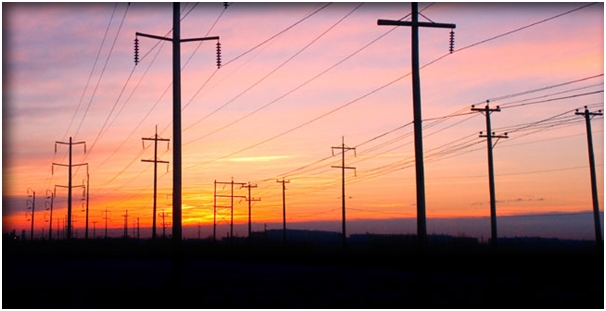
Thanks in advance for reading. Don’t forget you can send articles too by sending a mail to the moderator team.
In most distribution systems, the service-level equipment is designed to serve between one and ten customers. This leads to a high chance of non-coincident loads characterized by numerous square peaks, low loads, and lower losses.
Other common pitfalls that plague engineers are the generalization of service level layout design, economic hurdles, and environmental restrictions.
Load Measurements
It is important to note that there is a wide variation of load characteristics; the engineers need to evaluate each project on a case-by-case basis. This involves assessing the customer behavior, class, and customer density grades.
Load measurements enable the grid designers to evaluate the pitfalls in the existing distribution system, thus offering data for improved designs that are more efficient and reliable. The load curve data is essential for long-term planning such as future housing, predicted population and power demand.
Economic Considerations
One of the major areas that designers face challenges is the economic impact of the system. Do note that lack of proper planning significantly increases the cost of the project, including the initial installation, the cost of power generation and supply, decreased productivity and miscellaneous costs such as maintenance and repair. When it comes to economic considerations when designing, consider the following:
- Power management: this includes a thorough evaluation and study of the equipment to be installed regarding aging pattern, establishing performance models and effective ways to monitor the working condition.
- Load conditions: predicting equipment load requirements at various times of the day is critical in the design of the distribution system. This includes maximum demand and the varying loads during the other times. The data assists engineers in equipment selection, sizing, and maximizing efficiency.
Environmental Conservation Consideration
Calls for green energy, environmental conservation, and energy efficiency significantly influences the design decisions for distribution systems. Gone are the days when designs focused solely on power provision to the consumers.
The power generation, supply, and distribution should be factored in conservation as one of the primary considerations. This includes minimum possible footprint of the infrastructure such as substations, equipment enclosures and such and allocations for primary use, and the inclusion of renewable energy in the system. Design considerations to minimize footprint include underground and use of common poles for both power and communication lines.
A standard distribution system consists of a number of components that include substations, high voltage fuses, and circuit breakers, disconnect switches, transmission lines, transformers, insulators and conductors, regulators and others. Proper design of the system ensures effective sizing, sourcing, placement and eventual system reliability and efficiency. Thorough research, modeling, and calculations do help engineers avoid the pitfalls that plague most distribution engineering projects.
Best wishes, may this year be full of sharing and unity in the Electrical Engineering Community.
Steven Mill.
